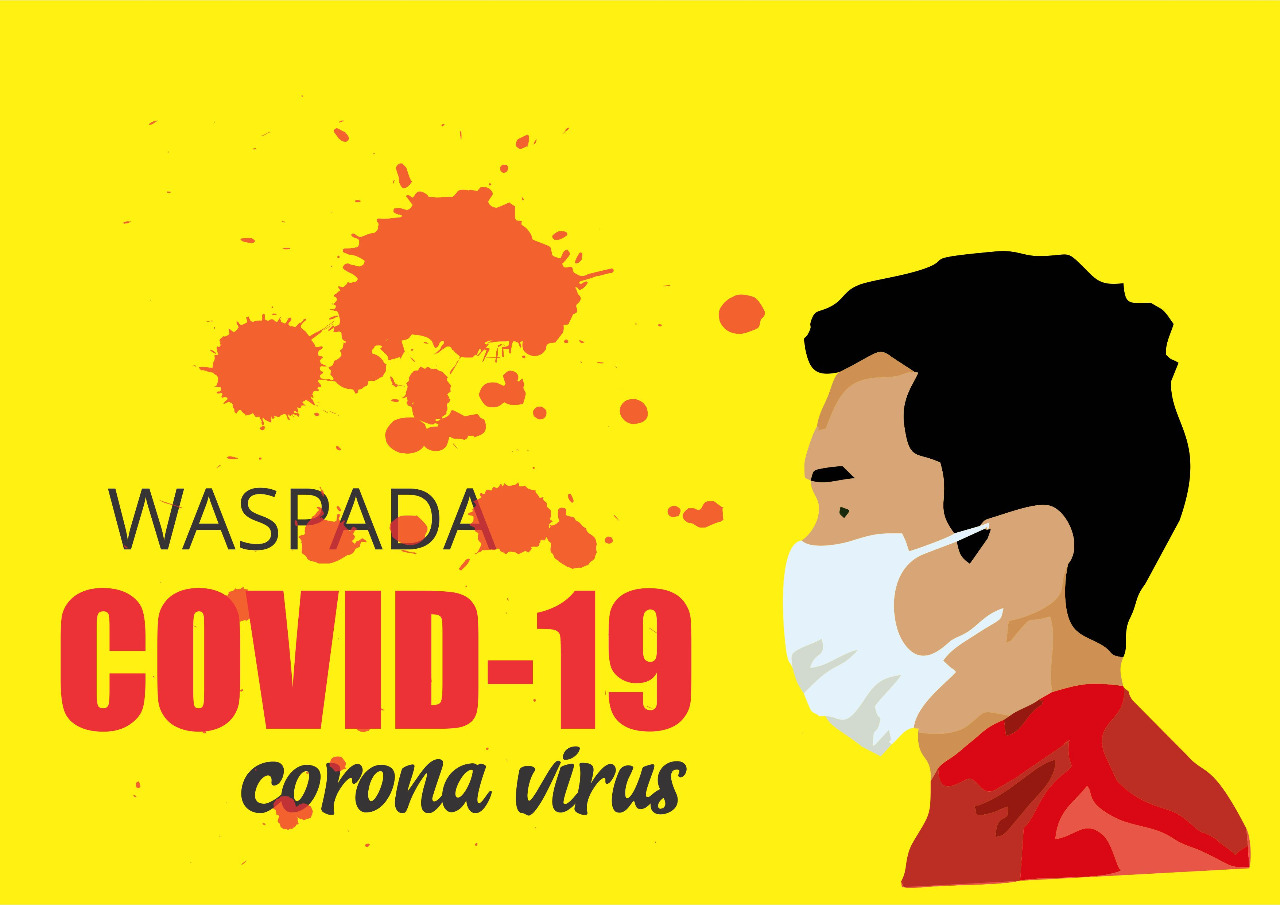Health, according to the World Health Organization, is “a condition of full physical, mental and emotional well-being and not just the absence of sickness and disease.” Over time a variety of definitions have also been applied to health. The dictionary defines health as having “the capacity to thrive,” while another definition highlights the fact that health is about managing the risks of getting sick, while others see health as the ability to cope with inevitable challenges. Still others believe that health is about treating the symptoms and weaknesses, rather than addressing the underlying causes.
Generally speaking, the definition of good health is relative to the person’s capacity for self-care, which takes into account a person’s resources for health and their capacity to take care of themselves. This definition excludes the person with a disability, or the infirm. Good health must be achieved through appropriate lifestyle and behavioral changes, and by avoiding habits or attitudes that are hazardous to health. In addition to this, a person with the resources for good health must also be exposed to a variety of basic preventative measures, including intake of fluoridated beverages, consumption of fruits and vegetables, and regular exercise. Each of these strategies has been shown to reduce the severity and frequency of common diseases, such as high blood pressure, diabetes, heart disease, obesity, osteoporosis, cancer, and stroke.
The definition of disease also includes a concept of negligence, which describes when care has been or should have been provided that resulted in damage or loss. This broader disease concept is intended to include any harm that was incurred or resulted from negligence, whether it resulted from false information, inappropriate procedures, ineffective equipment, and exposure to harmful drugs or substances. For example, an elderly adult who develops prostate cancer but receives treatment for this disease because of a false medical belief that the cancer would not spread to other parts of the body could be deemed to have contracted a form of negligence. Likewise, a nurse who failed to monitor an osteoporotic patient’s condition and cause her to develop serious bone disease could be found to have developed a form of negligence when she did not observe proper screening procedures for a diagnosis of osteoporotic disease.
The third definition is life course. This refers to the path from diagnosis to death, as well as the span of human life. For some diseases, the duration of the disease and the amount of risk associated with its occurrence and progress vary according to life course. For other diseases, the path through which a person goes through the course of disease varies across the life course; this path is called the “evolutionary path.” As death rates rise in industrialized countries, the focus has become more on prevention rather than treatment.
The fourth definition is population-attributable risk. This includes the extent of a disease’s probability to occur in a given setting. For an illness to be categorized as a population-attributable risk, it should have a probability that would occur in a typical community of the size of the afflicted person. An example of this definition is the presence of low SES in African American men. Low SES simply means that income is lower in this population than in other races, and so a higher incidence of diseases would occur in this group than in other similar groups.
In this article, we have defined four broad definitions of healthy living. Each of these, as we have seen, includes a list of defining characteristics and a description of what it means to be healthy. Having a clear idea of what the definition means will help you make sure you are living a healthy lifestyle. Living a healthy lifestyle will ensure both your physical and mental health, as well as enhance your quality of life.


